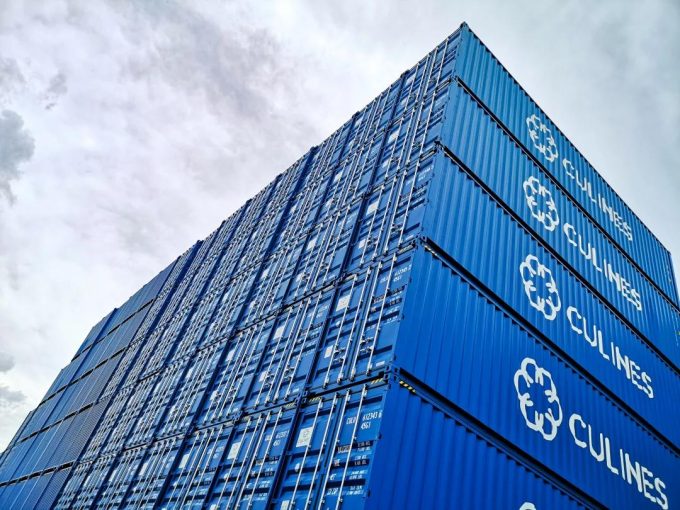Container spot rates have peaked as all major trades see prices fall
There was more evidence in this week’s container port freight markets that peak prices on ...
TFII: SOLID AS USUALMAERSK: WEAKENINGF: FALLING OFF A CLIFFAAPL: 'BOTTLENECK IN MAINLAND CHINA'AAPL: CHINA TRENDSDHL: GROWTH CAPEXR: ANOTHER SOLID DELIVERYMFT: HERE COMES THE FALLDSV: LOOK AT SCHENKER PERFORMANCEUPS: A WAVE OF DOWNGRADES DSV: BARGAIN BINKNX: EARNINGS OUTODFL: RISING AND FALLING AND THEN RISING
TFII: SOLID AS USUALMAERSK: WEAKENINGF: FALLING OFF A CLIFFAAPL: 'BOTTLENECK IN MAINLAND CHINA'AAPL: CHINA TRENDSDHL: GROWTH CAPEXR: ANOTHER SOLID DELIVERYMFT: HERE COMES THE FALLDSV: LOOK AT SCHENKER PERFORMANCEUPS: A WAVE OF DOWNGRADES DSV: BARGAIN BINKNX: EARNINGS OUTODFL: RISING AND FALLING AND THEN RISING

China United Lines (CU Lines) has entered the transpacific tradelane, becoming yet another new entrant on the Pacific with a service out of Shanghai.
CU Lines will launch the Trans-Pacific Express (TPX) service from Shanghai to Los Angeles on 18 July with five chartered ships ranging from 1,700 teu to 4,400 teu.
The Chinese state-controlled liner operator announced that its first transpacific sailing will see the 1,740 teu A Daisen depart Shanghai on 18 July, and is expected to arrive in Los Angeles on 2 August.
Other ships assigned to the service are the 2,742 teu AS Columbia as well as the 4,400 teu Ren Jian 20, Ren Jian 26 and Ren Jian 27.
Between this month and next, there will be two to three monthly TPX sailings. From September, there will be weekly TPX sailings on larger vessels, in anticipation of more cargoes ahead of Thanksgiving and Christmas.
Primarily an intra-Asia carrier, CU Lines ventured into the Asia-Europe segment in February, lured by runaway freight rates on long-haul routes.
CU Lines said: “We’re heeding the authorities’ call to shipping companies to increase shipping capacity and ease the challenges facing the international supply chain.”
In a media briefing in June, China’s vice-minister of transport, Zhao Chongjiu, disclosed that the government had asked liner operators to add more capacity to long-haul routes.
Tight shipping capacity and the slow return of empty containers continue to place upward pressure on freight rates, tempting regional carriers such as Wan Hai Lines and BAL Container Line to start solo transpacific services in recent months.
Drewry’s senior manager (container research), Simon Heaney told The Loadstar that the container market is now in a gold rush, attracting regional carriers to lucrative trades.
He said: “Previously, new entrants to a market have often destabilised trades, leading to reduced freight rates, but we don’t expect that to happen in these conditions where supply chain disruption is driving prices rather than traditional drivers such as supply-demand and market concentration.
“I think we’ll see less of this trade hopping as freight rate differences between trades balance out. There’s a good chance these new entrants will withdraw when conditions normalise.”
Comment on this article